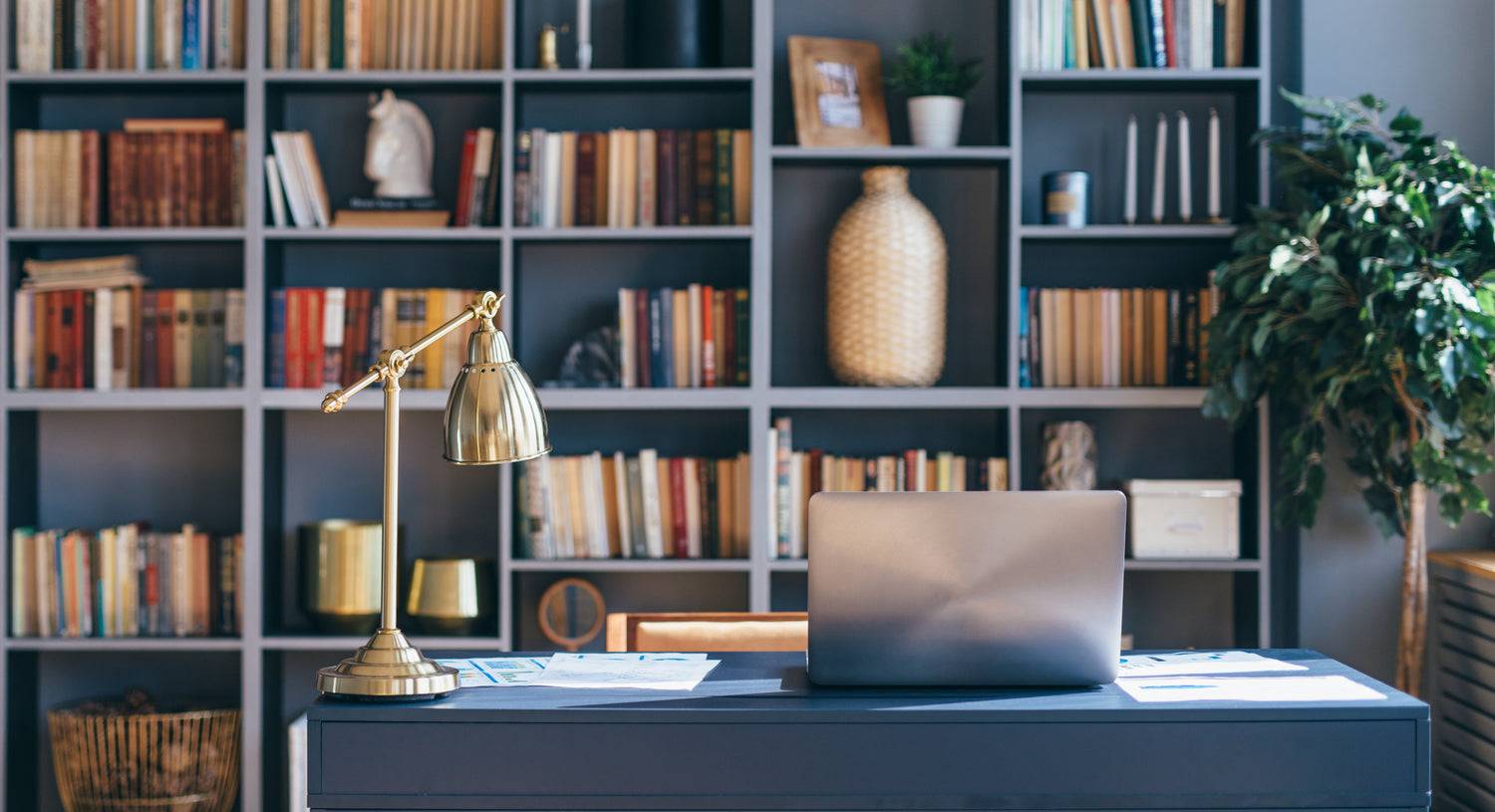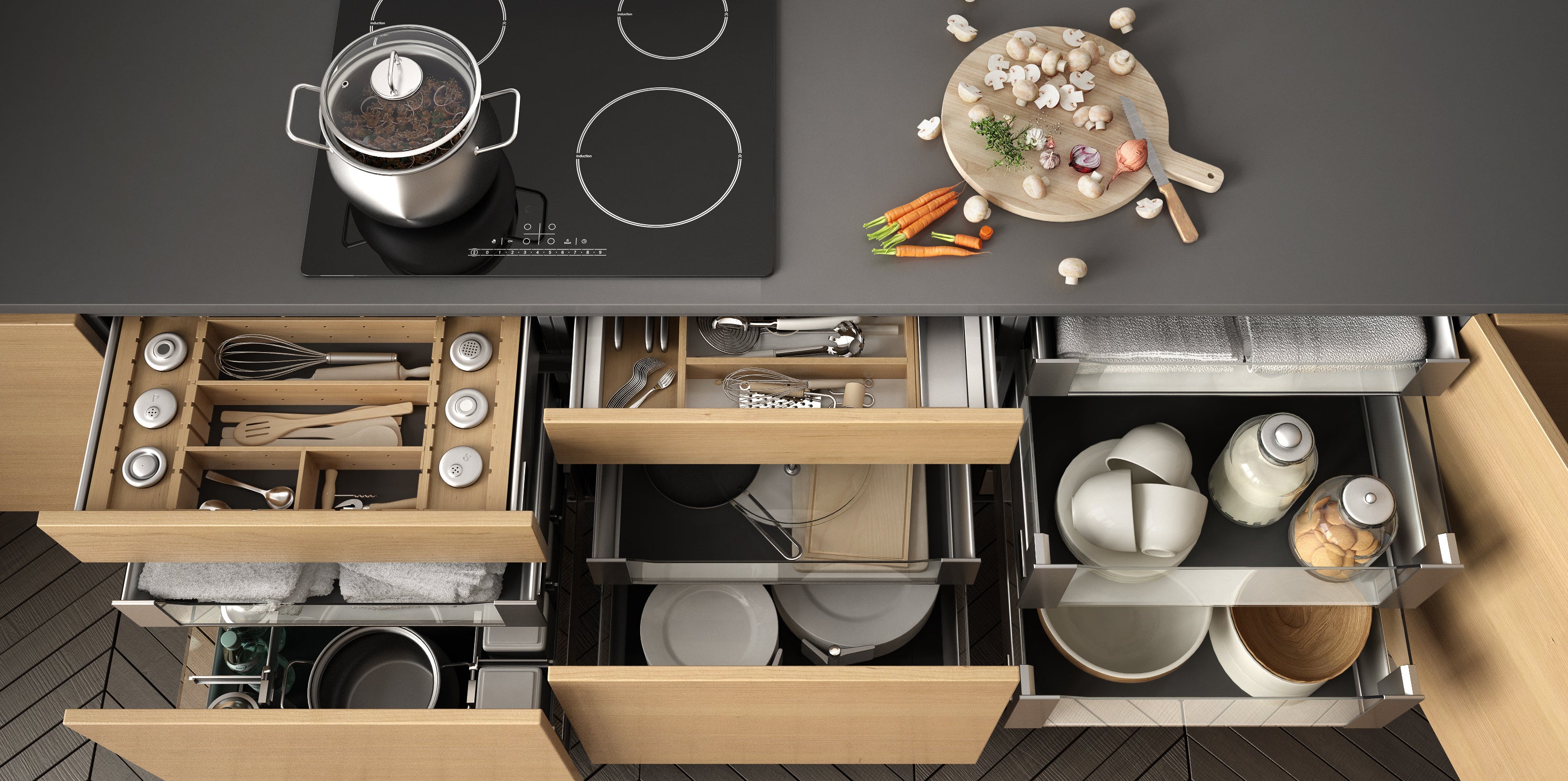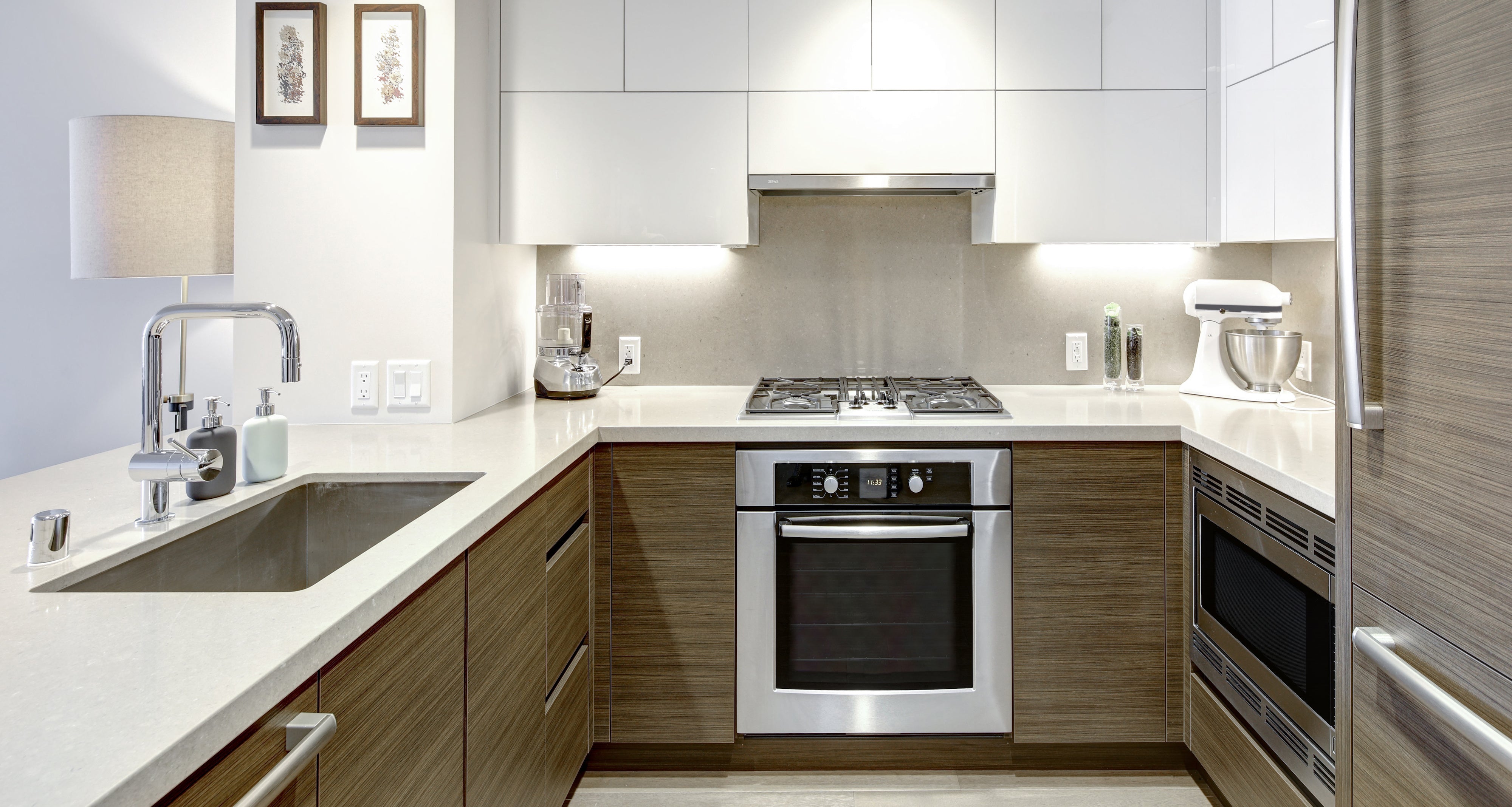With an unprecedented number of hard-working employees across the country making the switch to remote work, new challenges have been popping up like weeds. Namely, how do you make sure your new “home office” is just as comfortable and productive as your regular one?
If you’re trying to work from home without a dedicated workspace, you’re setting yourself up for failure. Bringing your work responsibilities into comfortable rooms like the living room or bedroom can negatively affect your ability to relax and sleep. So there’s just one thing to be done about it.
Craft yourself a legitimate home office.
That’s right, pretend like working from home was an intentional decision. After all, over 40 percent of employees work remotely at least part of the time, so there must be something to it. How can you keep yourself productive through all the distractions and temptations? Everyone who works remotely has to figure out when to work, where to work, and how to create boundaries between work and personal life. What about office equipment, career development, training opportunities, and building relationships with colleagues? Working remotely, especially when working from home most of the time, means figuring out these issues and others.
Tips for remote work
Working from home can make managing your work-life balance a little tricky, and all those snacks sitting in the kitchen can wreak havoc on your concentration. Here’s how you can stave off distractions and get your work done.
- Remember to turn off at the end of the work day
- The temptation to put in a lot of overtime is there. You may find it all too easy to stay on the clock just to finish that last bit of work. Don’t do it. Turn your work brain off at the end of the day and let yourself unwind.
- Clearly communicate your work schedule to friends/family
- Don’t be afraid to lay down some ground rules with your housemates. You need them to understand that you are working, and that they should not bother you in your home office any more quickly than they would barge into your normal one.
- Write a detailed schedule (and stick to it!)
- Organization is key. In the office you probably followed some sort of schedule, even if you didn’t realize it.
Building a custom home office
A separate room with only one function — work — is ideal. It’s ok if you don’t have a spare room, that doesn’t mean you can’t have an office, you can simply create one. A small desk and storage ottoman for files and supplies may do the trick.
Or a small coat closet could be repurposed if you need something more substantial. Relocate the coats and jackets to hooks in your entry or move them to other closets, and convert that closet into a work nook with a built-in tabletop and floating shelves.
Now that you’re working from home, you have the power to create the office of your dreams. If you want to work all day from the comfort of your bed then do it, it’s not recommended though. Just don’t forget that storage is the most important part of a home office.
At work you’re probably pretty organized with your documents and supplies (and you definitely don’t have to worry about dogs or cats or children wandering around your stuff during lunch to help you organize everything}. Setting up effective storage in your home office is essential.





Leave a comment
This site is protected by hCaptcha and the hCaptcha Privacy Policy and Terms of Service apply.